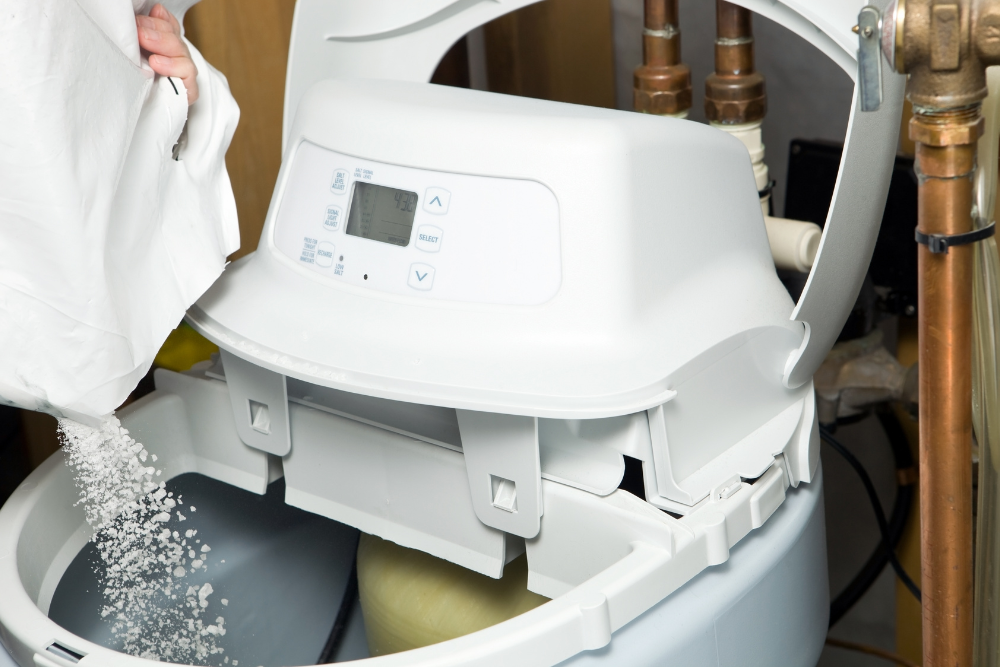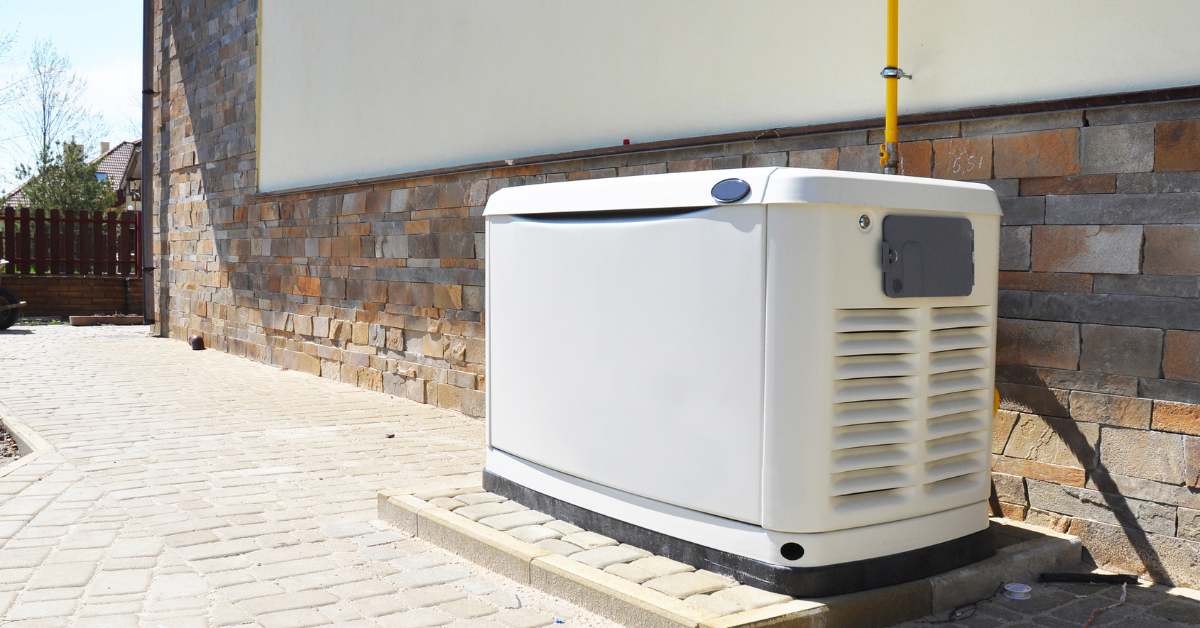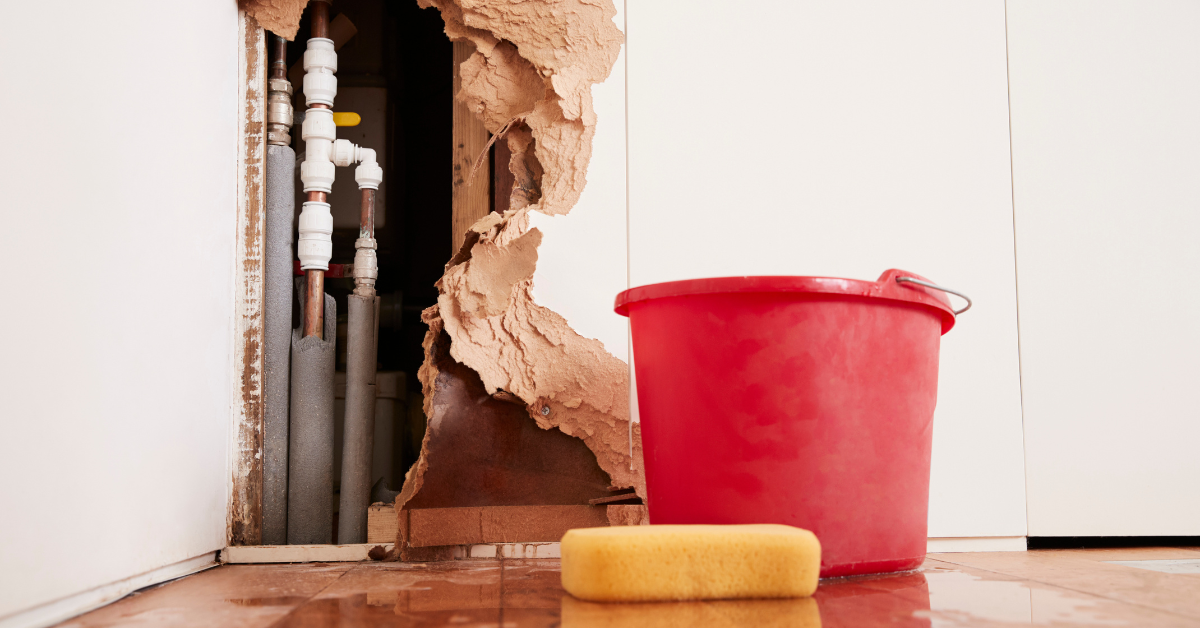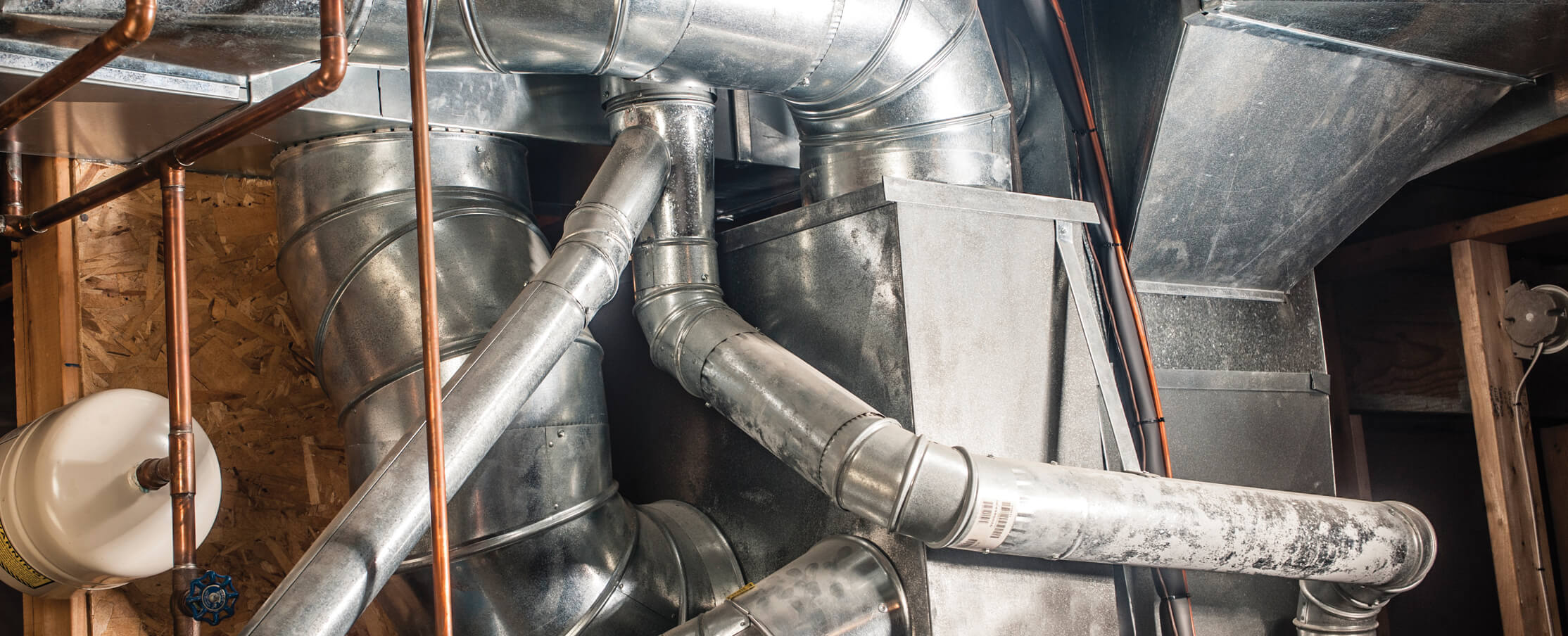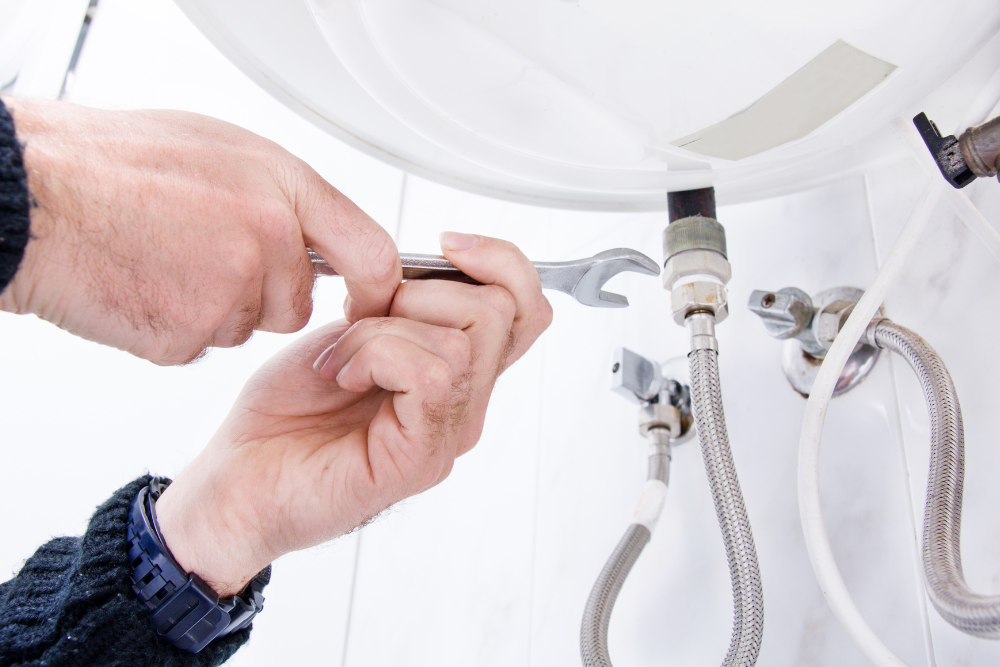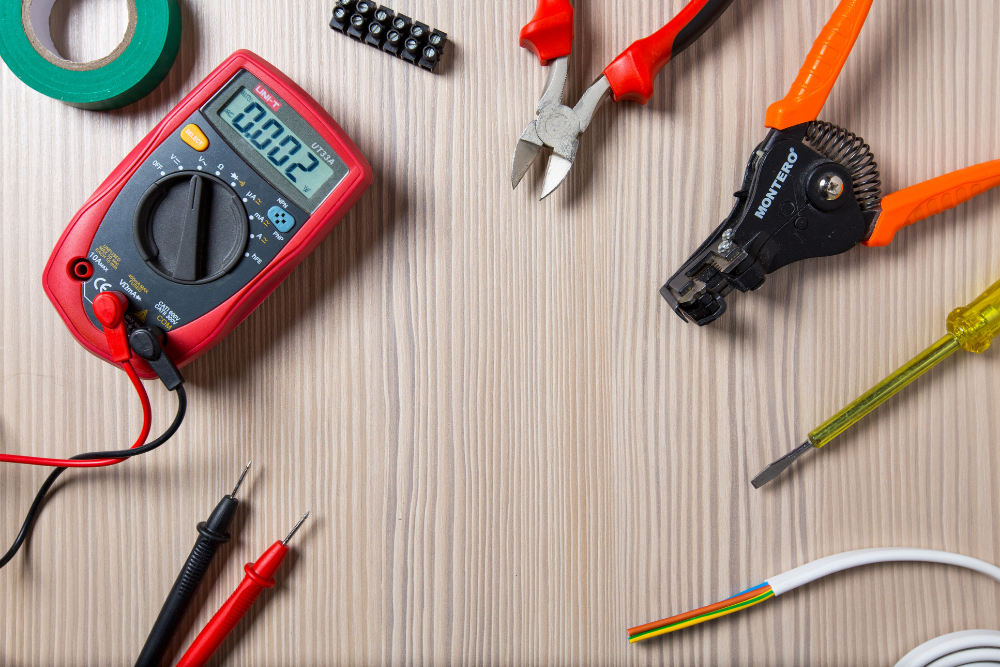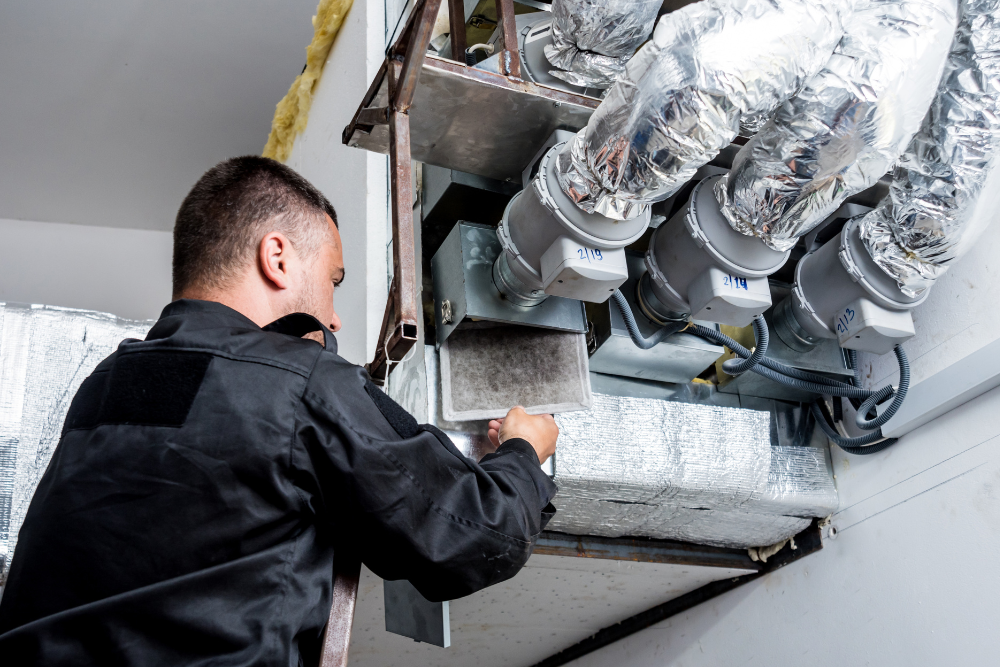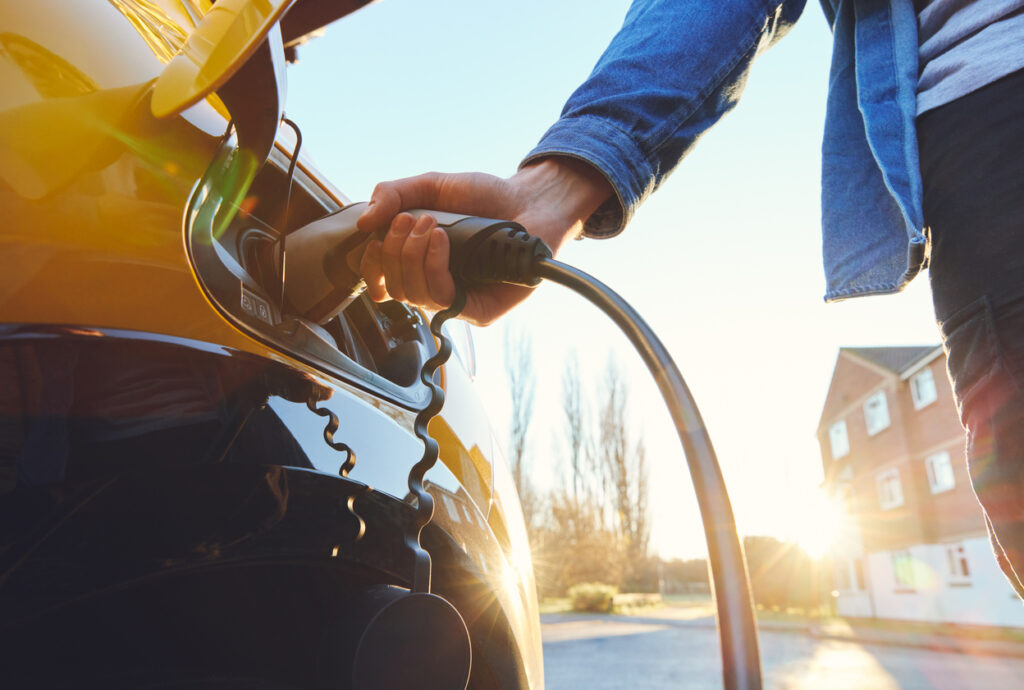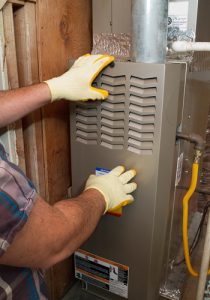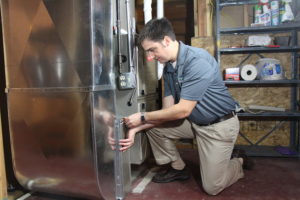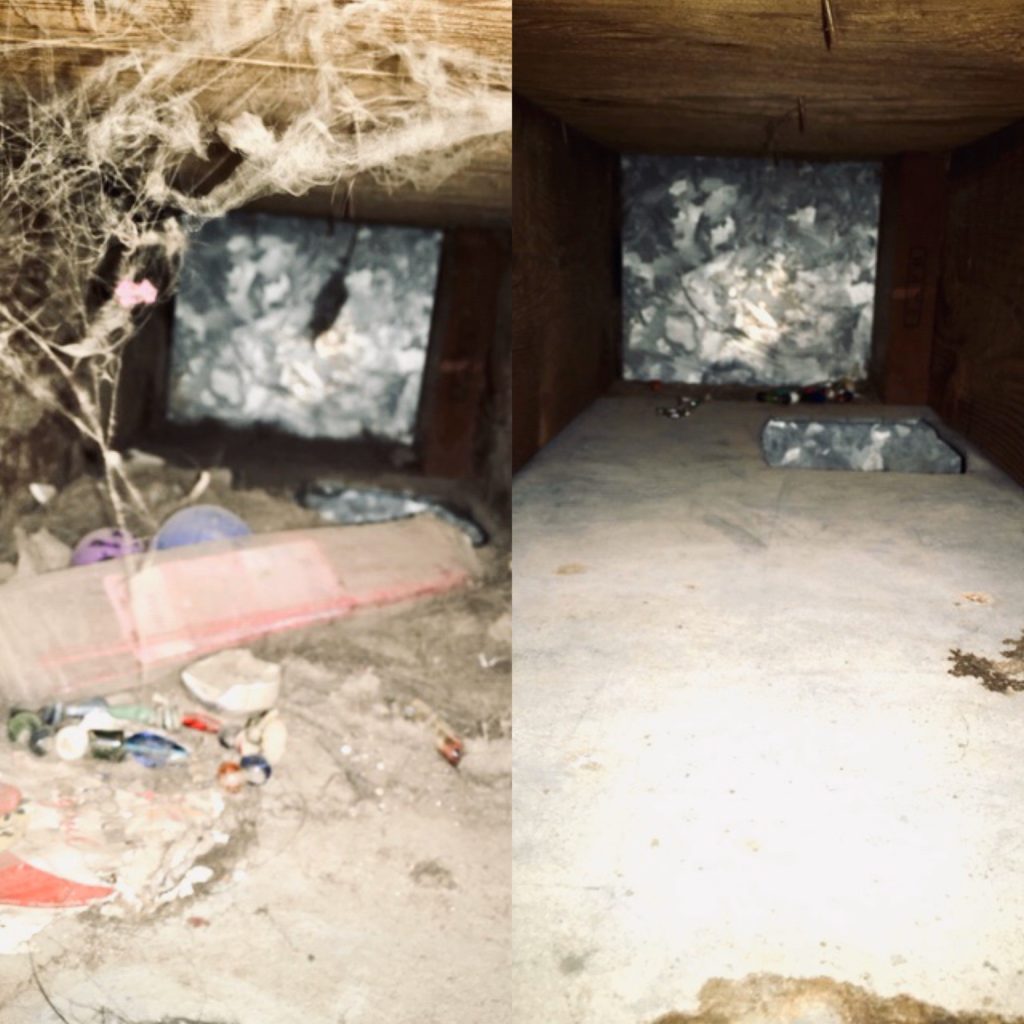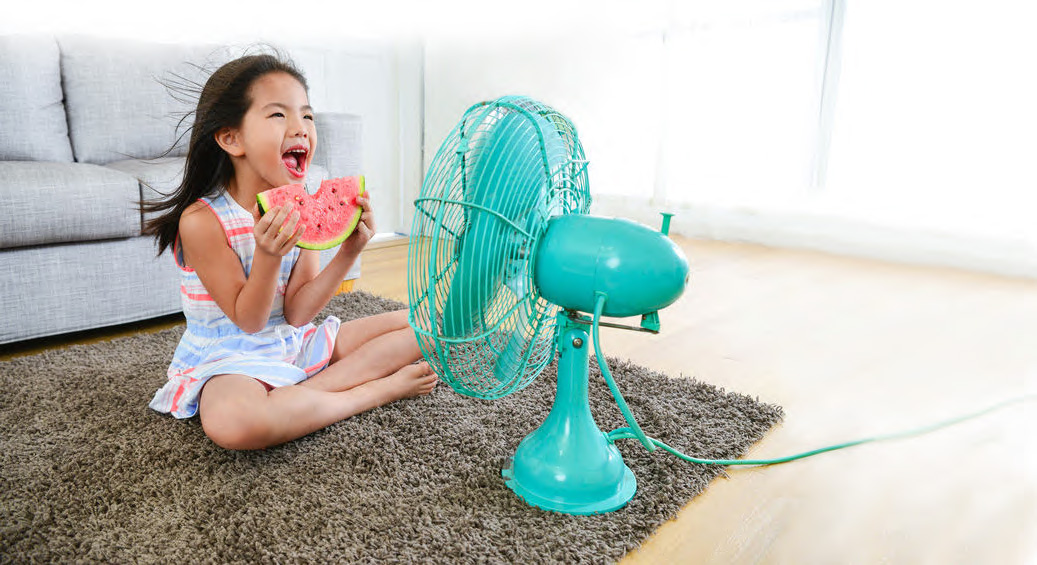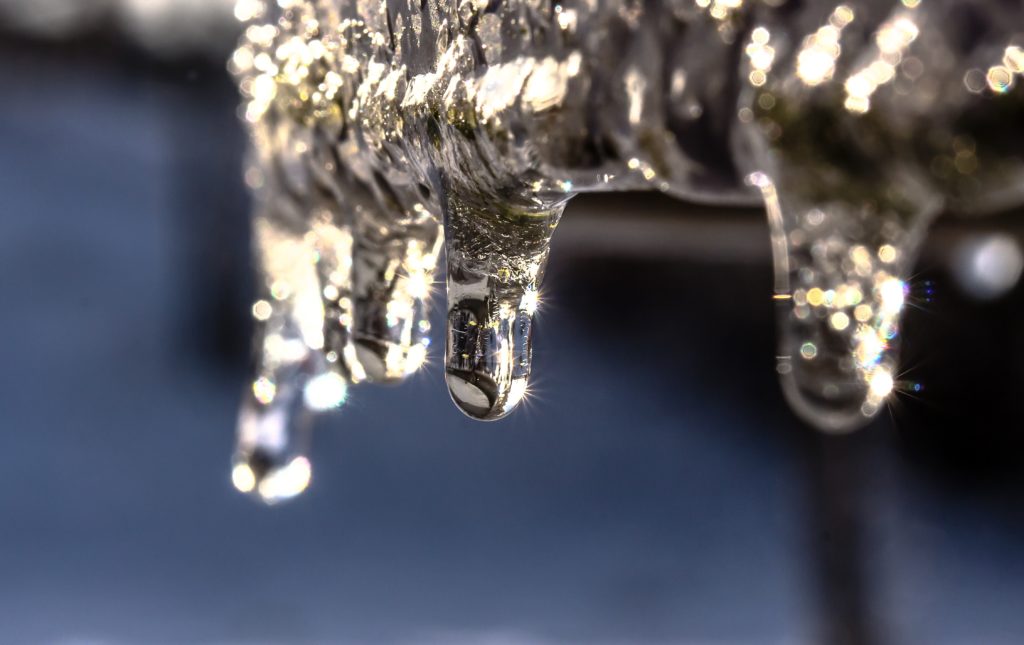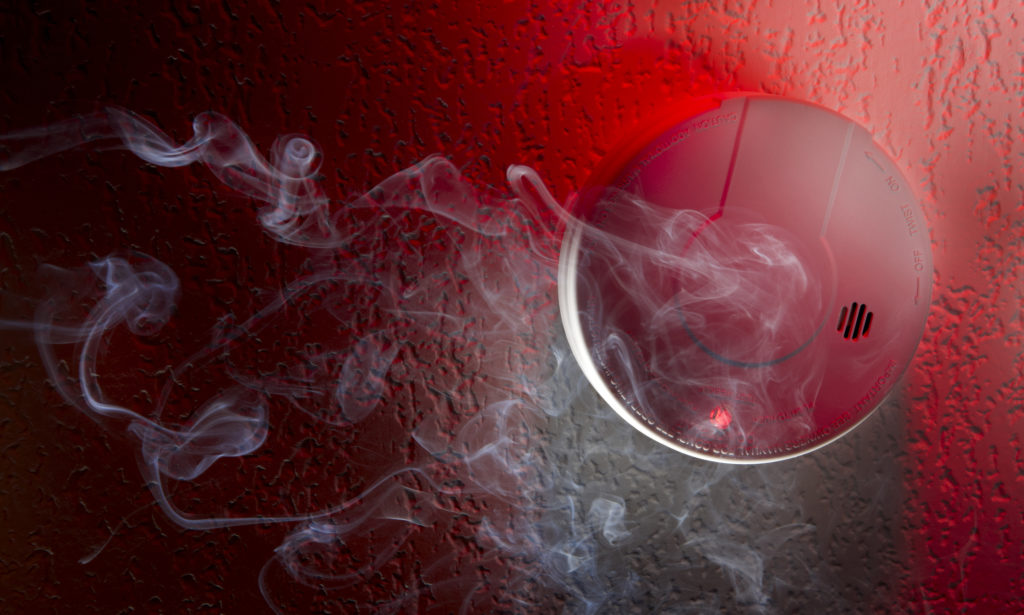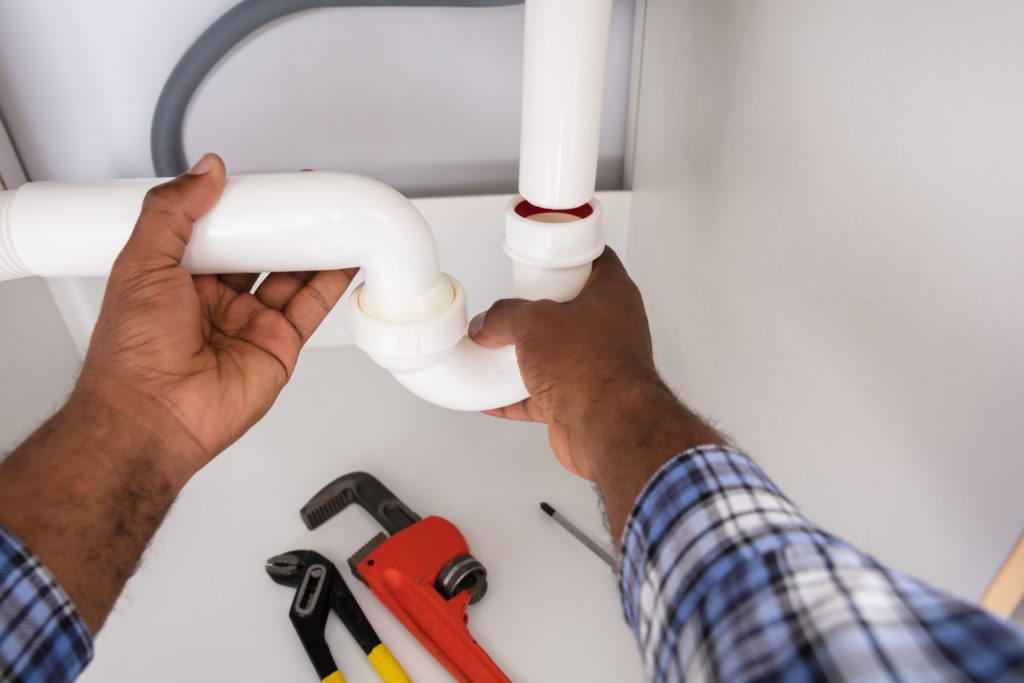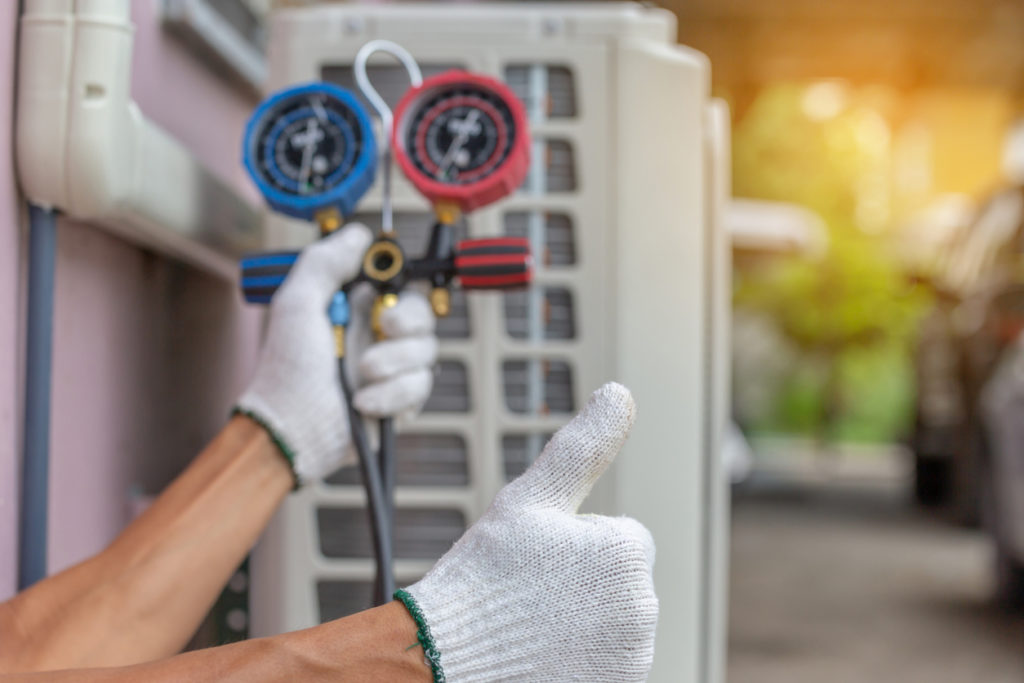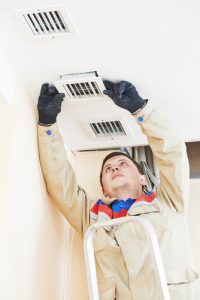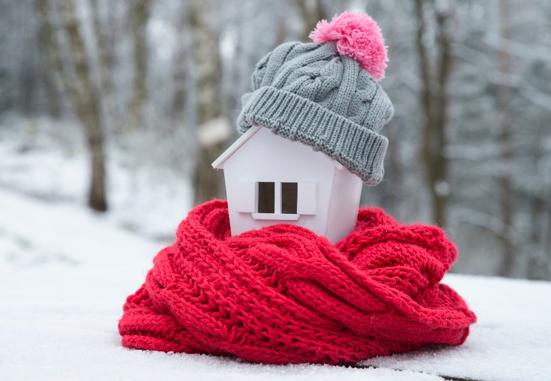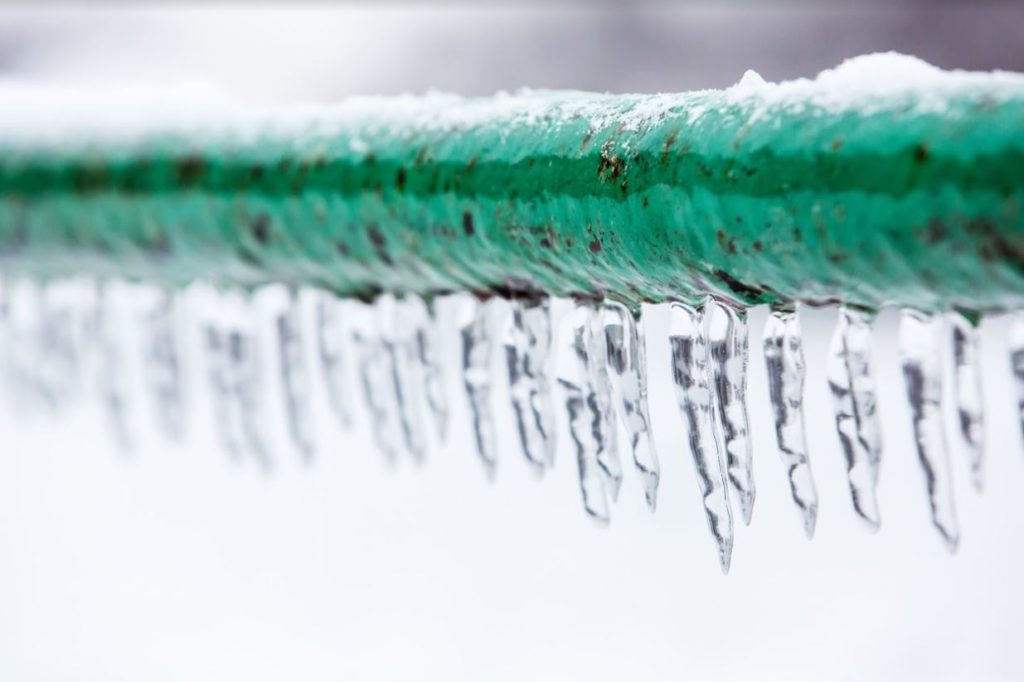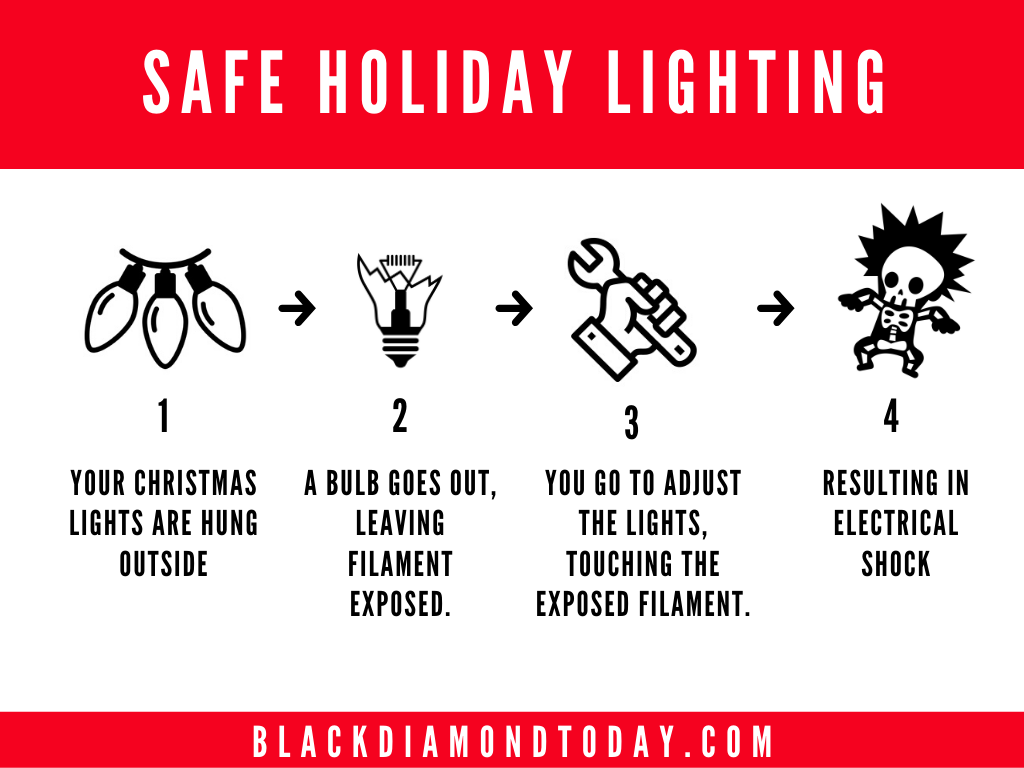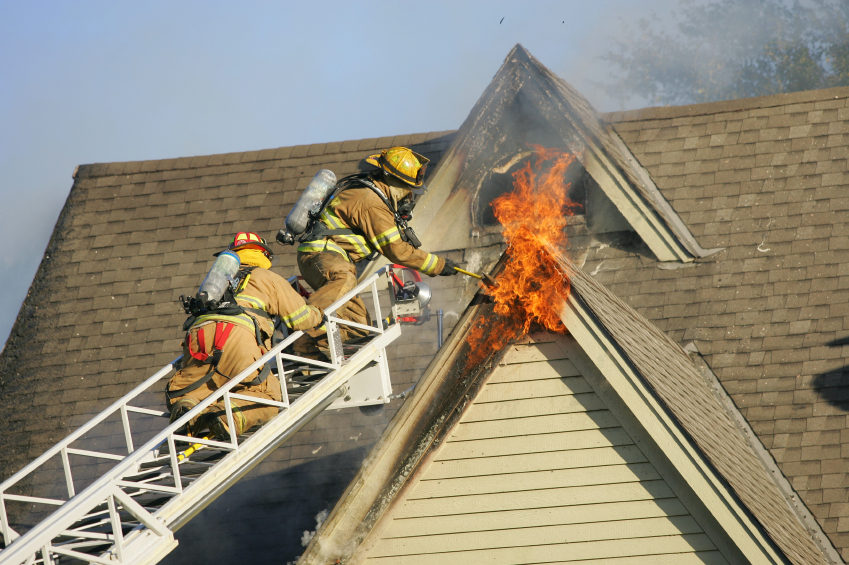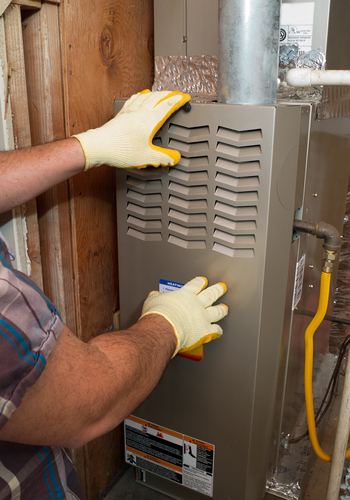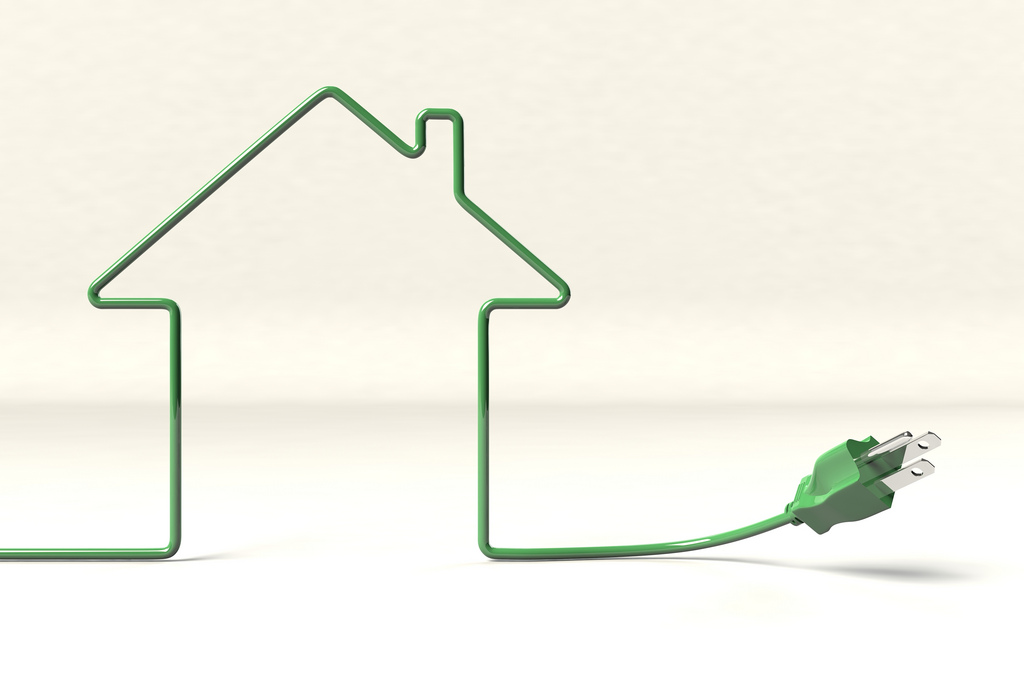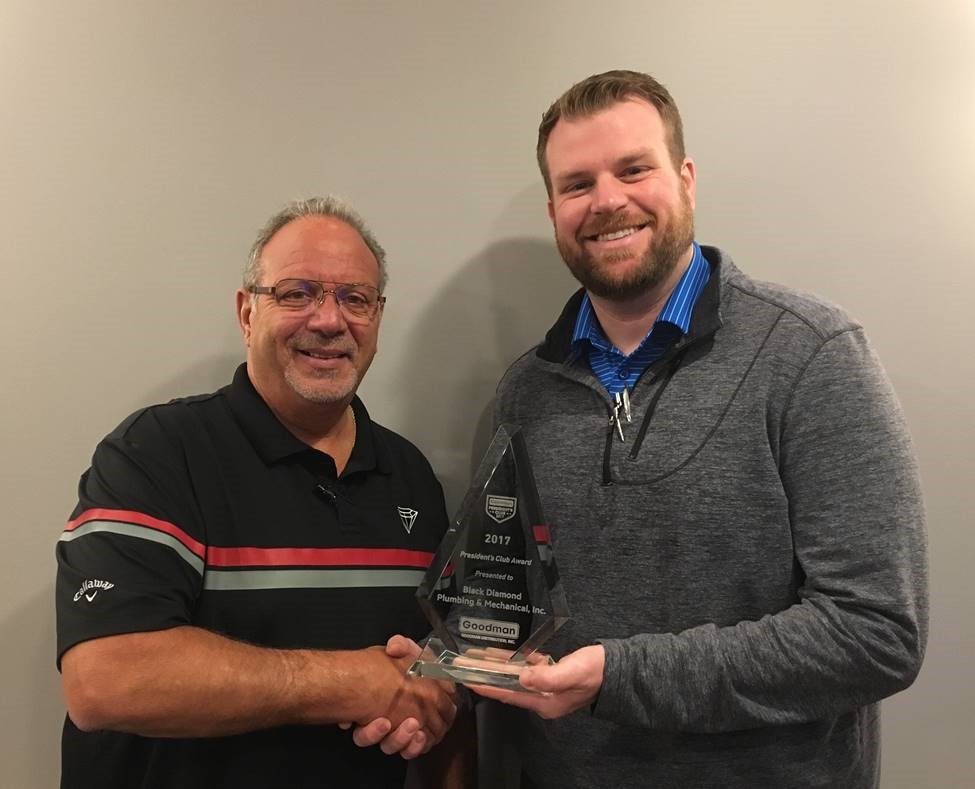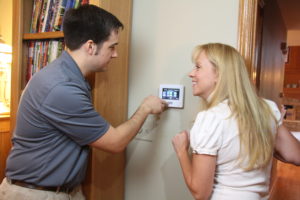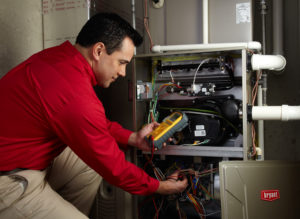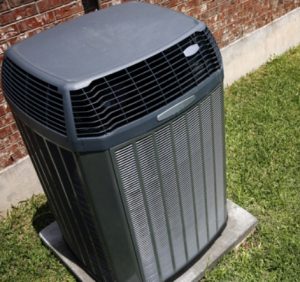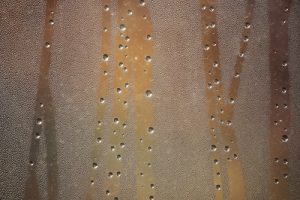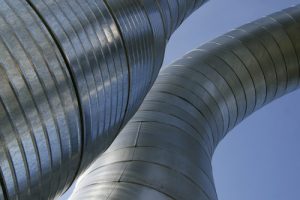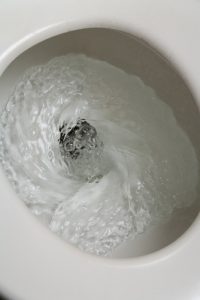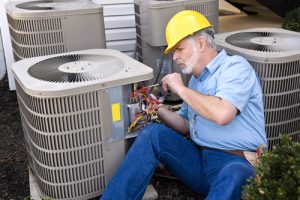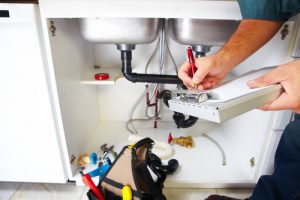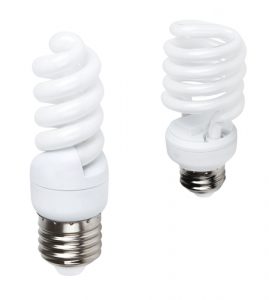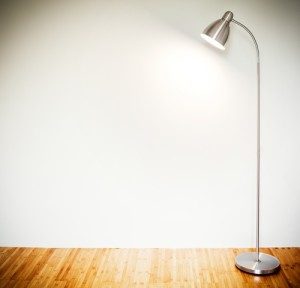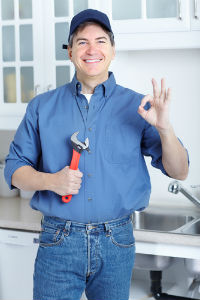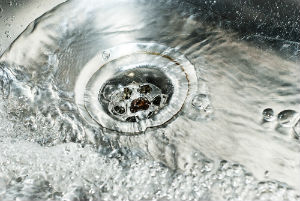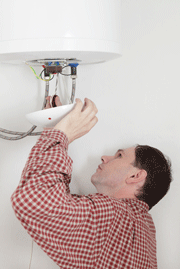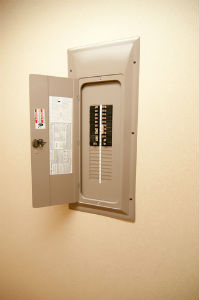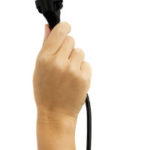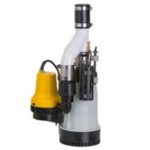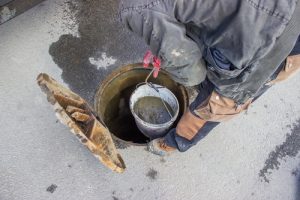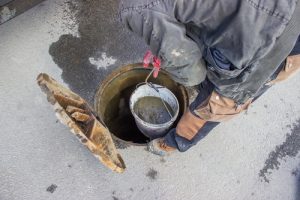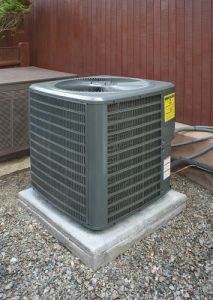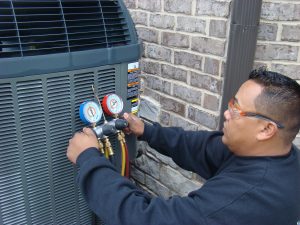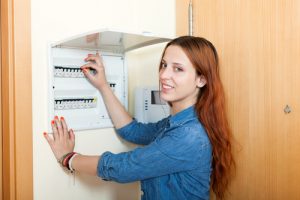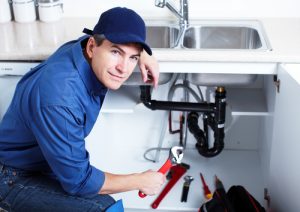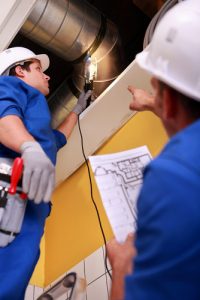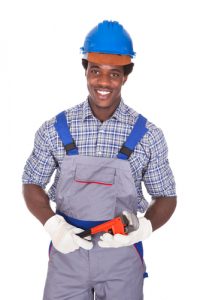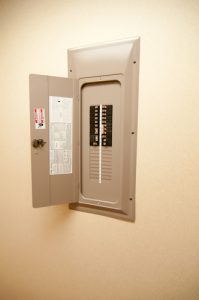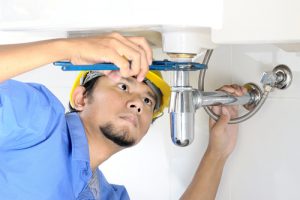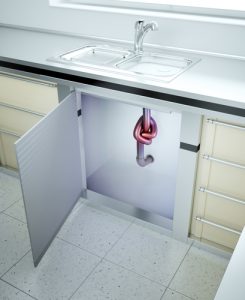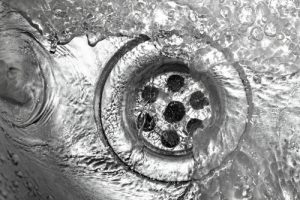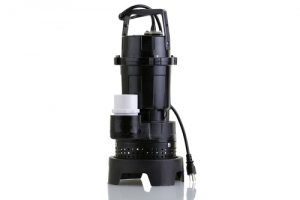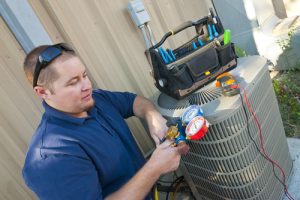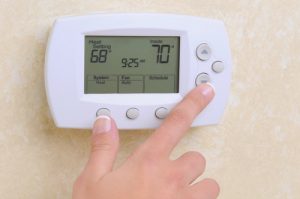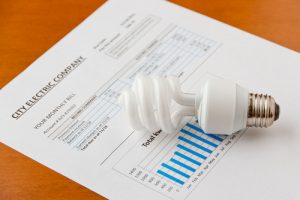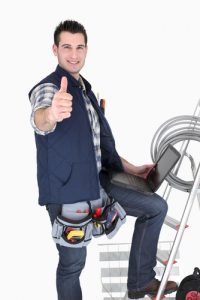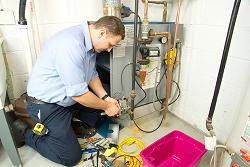The Energy-Efficient Home: How All Your Systems Rely on Each Other
When one part of your body is affected with a health ailment, such as a common head cold, it can cause your whole body to slow down and function poorly. Your body functions best when all of your parts are in good shape and condition. The energy-efficient home reacts the same.
A whole-house systems approach applies the same principles to create an energy-efficient home by understanding and maintaining the interdependent parts that make up a home’s energy system. This method addresses the interactions between the home’s thermal envelope (attic, outside walls, insulation, foundation and air leakage), mechanical equipment and systems (hot water, heating, cooling and ventilation units), lighting, appliances, water usage, site conditions and local climate. Addressing these aspects as interdependent parts of a whole allows the homeowner to identify the most effective ways to improve a household’s energy efficiency, safety, comfort and durability.
Effective Insulation
Your Chicagoland home experiences the worst of Midwestern summer heat and frigid, blizzard-worthy winter temperatures. For increased indoor comfort and reduced energy use during every season, be sure that your floors, walls and attics are properly insulated. Recommended levels of insulation for your local climate is R-49 to R-60 for the attic, R-25 to R-30 for the floor, and R-13 to R-21 for your exterior walls. While important to a complete whole-house approach, wall and floor insulation typically offers a lower return on their retrofit investment. Ensuring proper attic insulation is the priority here.
Effective Air Sealing
Do not waste energy heating and cooling the outdoor air: Ensure any sites of potential air leaks are properly sealed. This means using caulking and weatherstripping to seal the cracks and gaps around your exterior-leading doors, windows, plumbing, electrical and venting penetration.
It is important not to forget common trouble spots for air leakage, such as around your furnace flue, attic knee-walls with no side sheathing, or refrigerator vent cutaways.
Air ducts can leak, too — hire an air duct sealing company in McHenry to inspect ductwork and make any necessary repairs.
Efficient HVAC Equipment
Heating and cooling account for over 50 percent of the energy used in a typical U.S. home, making it the biggest energy expense for most homeowners. To help reduce your monthly rates, consider replacing older units as they wear out with newer, more energy-efficient models. The energy-efficient home equipped with high-rated SEER units operates on less energy, is quieter, has lower indoor humidity, and has overall improved indoor comfort. Consult with a professional HVAC contractor to ensure that your heating and cooling equipment is properly sized to the needed working loads of your household. Improperly sized equipment can be a huge drain on your home energy bill.
Efficient Water Heating
After heating and cooling equipment, water heating acts as the next largest energy expense in your home. To reduce the amount and cost of heating your water, replace an inefficient water tank heater with one that is the right size and type for your household needs. You might also consider choosing a more energy-efficient fuel source.
Efficient Windows
Once you have properly air sealed your windows, the next step to increasing their energy-efficiency is to apply shading. Exterior shading in the form of guided landscape, awnings, solar screens and tinted window film prevent solar radiation from entering your house and increasing the working load of your cooling equipment. Interior shading options like blinds and drapes can similarly block solar radiation, but, unlike exterior shading options, they are unable to also allow light to pass through. To create a truly energy-efficient home, consider replacing older single-pane windows with dual-pane, thermal or other ENERGY STAR-certified windows.
Efficient Lighting
Lighting matters. Choosing more energy-efficient light fixtures and bulbs can make a significant difference on your home energy bills. For example, simply replacing a 60 watt standard incandescent lamp with an equivalent compact fluorescent lamp can decrease the direct energy used by as much as 78 percent and the wasted heat by as much as 75 percent. Additionally, compact fluorescent lamps last longer than standard units. Fewer replacements both save the homeowner money and contribute to less environmental waste.
Efficient Appliances and Home Electronics
Appliances and home electronics account for around 20 percent of the typical U.S. homeowner’s energy bill. As your household’s appliances and home electronics wear out, consider replacing them with more energy-efficient ENERGY STAR options. While this might seem a smaller contributor to a whole-systems approach, energy effective appliances and home electronics have dual-sided benefits. First, both during use and while in standby mode these models reduce total direct energy consumptions. And second, the reduced heat they produce while in operation lowers the overall cooling load for your HVAC equipment.
Efficient Landscaping
The energy-efficient home should not just focus on the house itself, but also take care to effectively utilize the surrounding landscape for both aesthetics and energy-saving function. Properly placed plants can help deflect winter winds away from your house, and funnel summer breezes towards living spaces. To deflect winter gusts, plant dense evergreen foliage to the north and northwest to act as a natural windbreak. Summer channeling foliage should be planted to the south and southwest of the home, at the edge of your property. Additionally, trees and other plants can be used to both maximize the warming effects of the sun during colder months and increase shading effects during the hotter months. For the best combination, plant deciduous trees with high branches and leaves to the south of your home. During the summer, their leaves will naturally block solar radiation, but after their fall shedding, the winter sun will shine easily through their bare branches.
Effective Maintenance
To ensure that the energy-efficient home continues to operate at its peak abilities, it’s critical to perform regular HVAC maintenance. This involves steps taken both by the homeowner and by more knowledgeable HVAC technicians. Homeowners should be frequently replacing their air filters, straightening coil fins, cleaning condenser coils and cleaning condensate lines. Call your local HVAC technician for more technical and potentially hazardous tasks like checking for proper refrigerant levels, testing for refrigerant leaks, checking optimal airflow and testing the electrical controls. This routine maintenance is called commissioning and ensures that your equipment is operating at its peak performance to create a home that is both energy efficient and comfortable. HVAC systems and equipment that are too old or broken down to benefit from standard and regular maintenance should be upgraded to higher efficiency systems.
Efficient Ductwork
Leaky ductwork can spell major problems for the energy-efficient home. Think of this system as your household’s lungs, bringing heated and conditioned air to your many rooms to create comfortable and habitable living spaces. When air ducts are rifled with leaks, gaps and disconnected sections, this air gets dumped in undesirable places, like your attic and basement, which wastes money and compromises home comfort. Inspect your ductwork for any possible gaps, loose joints or disconnected runs. While it might be enough for the homeowner to find trouble spots in exposed sections, you should consider hiring a HVAC contractor if you expect leaks or issues occurring within your home’s walls. Mastic sealant and caulk can be used to seal gaps and mechanical fasteners should be used to secure any loose sections. For boosted energy-efficiency, consider surrounding your air ducts’ thin metal sheeting with insulation. For additional information about air duct sealing and insulating, contact Aeroseal Solutions.
The Benefits of the Whole-House Systems Approach
Creating an energy-efficient home takes careful planning, attention to detail and construction, and applied household effort. However, the benefits of these efforts are significant.
Most apparent will be reduced monthly and annual utility and maintenance costs. Lower energy-use leads to an obvious direct decrease in your energy bills. But also, because energy is used more efficiently, HVAC equipment is less overworked and can perform at its peak abilities for an extended lifetime. Increasing the performance of your heating, cooling, and ventilation equipment improves indoor comfort during every season. Homes are kept warmer in the winter and cooler in the summer months, with less energy-wasting drafts. Other benefits include reduced noise, improved building durability and an overall healthier and safer indoor environment.
In addition to helping the homeowner, creating an energy-efficient home also helps the environment. Generating the electricity to operate HVAC equipment, lighting, appliances, etc., generally uses nonrenewable resources such as coal, natural gas and oil. Applying energy-efficient principles conserves natural resources and helps reduce the negative effects of our fossil fuel use by operating on the same service quality, but with reduced energy inputs and emissions.
Interested in applying a whole-house systems approach to your home? To learn more about the energy-efficient home and for expert advice on home heating and cooling systems, contact Black Diamond Plumbing & Mechanical today. We have been proudly serving our community with superior service and high-quality products since 1999.
Recent Posts
Request Service
Please fill out the form and we will get in touch with you shortly. We look forward to serving you!
Request Service
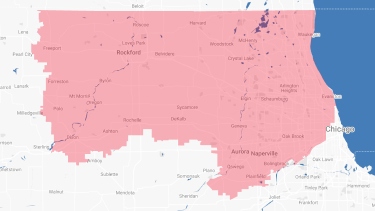
Proudly Serving
The Chicagoland AreaAddison | Algonquin | Antioch | Arlington Heights | Aurora | Barrington | Bartlett | Batavia | Beloit | Belvidere | Bensenville | Bloomingdale | Bolingbrook | Buffalo Grove | Byron | Caledonia | Capron | Carol Stream | And Much More!
VIew ALL

